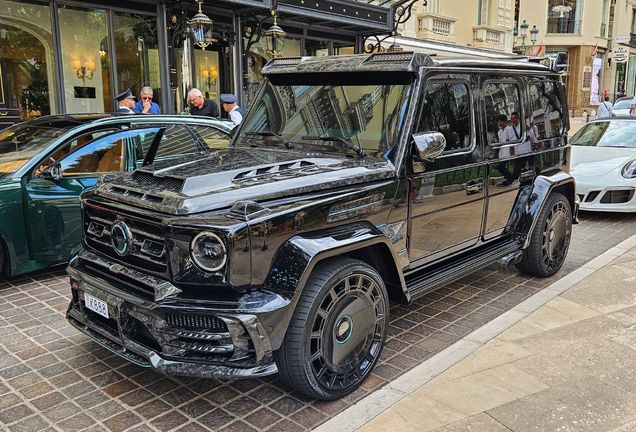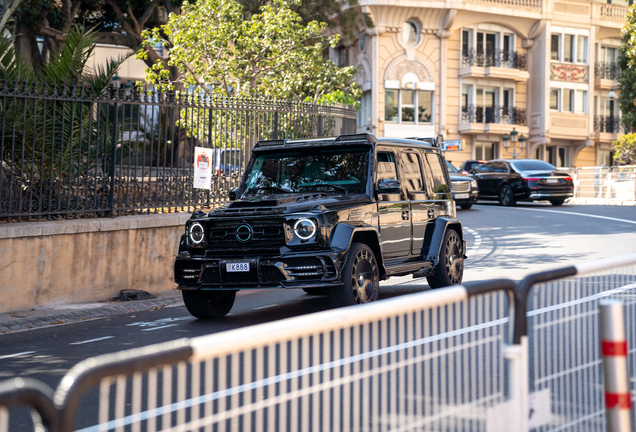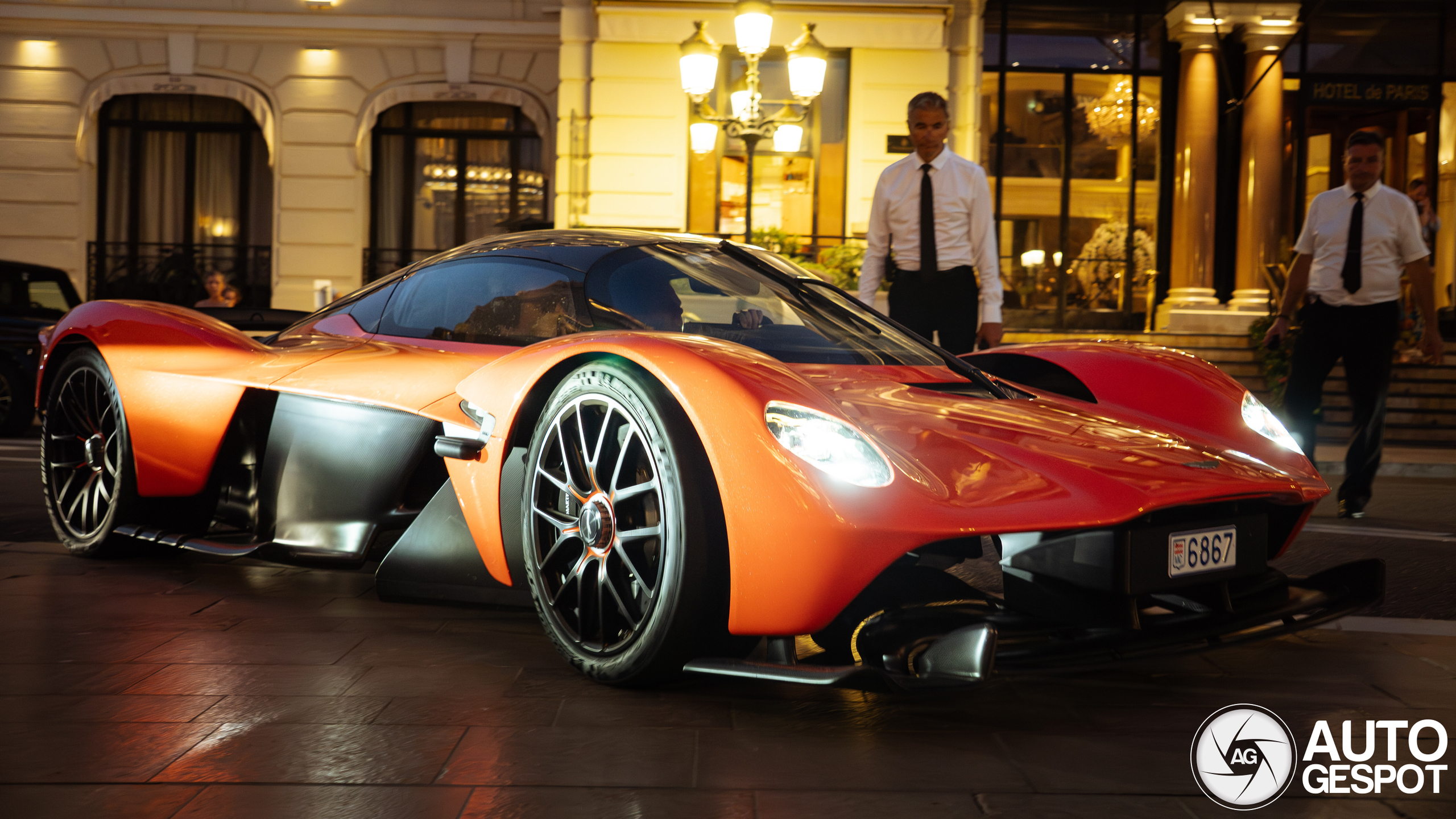
The Aston Martin Valkyrie is a hypercar that captures attention wherever it goes. Recently, the fourth distinct Valkyrie was spotted in Monaco, adding to the total of 41 sightings on our site, representing 25 of the 150 Valkyries planned for production. Of the rarer Spider variant, there have been 7 sightings on our site, covering 3 distinct versions out of the 85 that will be produced. It's safe to say the Valkyrie is the wildest car Aston Martin has ever built, and with the recent launch of the new Vanquish, they continue their streak of releasing top-tier vehicles. Let's take a closer look at what makes the Valkyrie truly remarkable, starting with its most talked-about feature: aerodynamics.
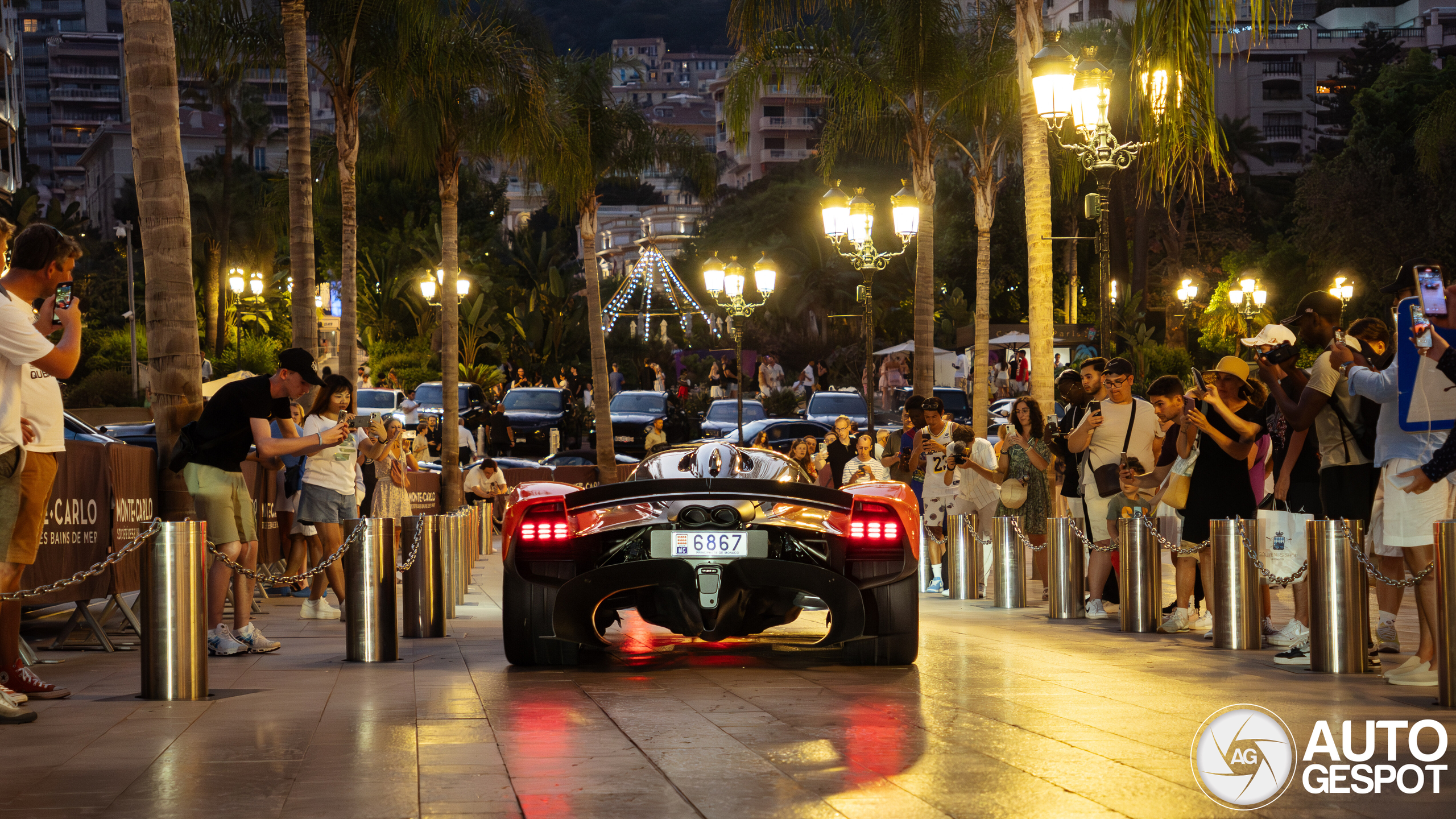 Click on the photo for more photo's of this spot!
Click on the photo for more photo's of this spot!
The Valkyrie’s dramatic aerodynamic design and open underfloor maximize downforce and harness airflow to perfection. Its all-carbon fiber bodywork flows from Aston Martin's signature upper grille outline into a radical shape sculpted purely for performance. The Valkyrie is as close as a road car can get to a Formula One car. This cutting-edge technology comes from a partnership with Red Bull Racing Advanced Technology, bringing together innovative engineering and Aston Martin’s signature luxury.
"Aston Martin Valkyrie pushes the boundaries of performance; a remarkable journey in engineering to make the impossible, possible," said Roberto Fedeli, Aston Martin's Chief Technical Officer. The car's structure is made entirely from carbon fiber - there isn’t a single steel component - minimizing weight and maximizing the power-to-weight ratio. Its breathtaking performance comes from a 6.5-liter V12 engine developed with Cosworth. Unlike a traditional hybrid, this V12 is torque-enhanced for take-off and utilizes an electric motor for an extra power boost, making it feel like it could almost take flight.
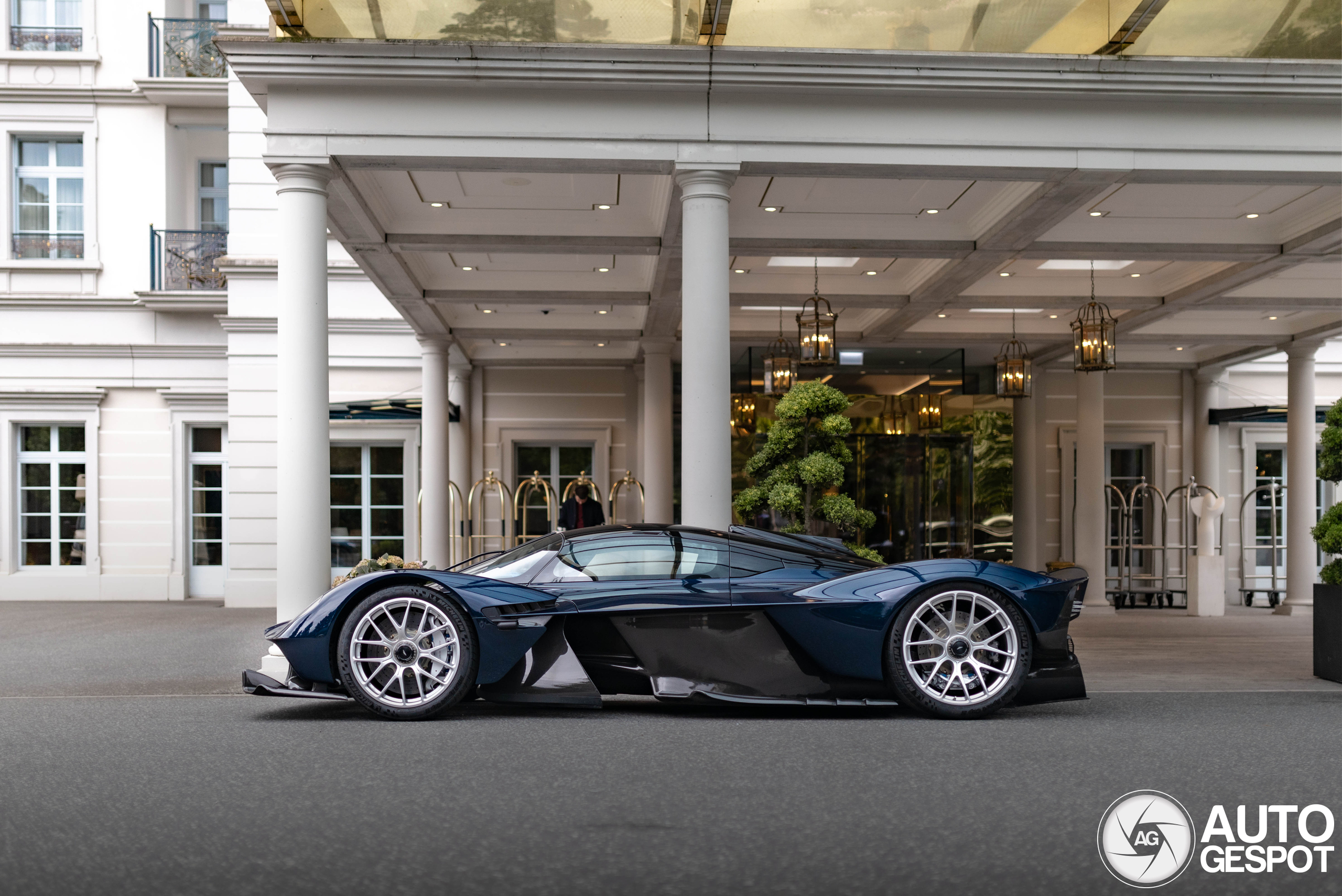 Click on the photo for more photo's of this spot!
Click on the photo for more photo's of this spot!
The Valkyrie isn't just another sports car; it's a true hypercar that brings Formula 1 technology to the streets, pushing the limits of weight-saving and aerodynamics to new extremes. Every milligram is scrutinized, and every opportunity to reduce weight and improve airflow is taken. Even the iconic Aston Martin wings badge had to be rethought. The traditional enamel badge was too heavy and disrupted airflow, so the team created an aluminum badge just 40 microns thick - 99.4% lighter - using chemical etching. This "lacewing" badge is then embedded into the paint and protected with six layers of lacquer. For those who desire, it can even be gold-plated.
Another feat of engineering is the Valkyrie’s brake light - the world's smallest. Designed to be as small as legally possible, it uses two powerful LEDs with a periscope optic to direct the light towards the rear, a technique borrowed from submarine technology. Similar optics are used for the indicators, which are ingeniously set in a long 'Z'-shaped pipe to avoid disrupting the aerodynamic flow.
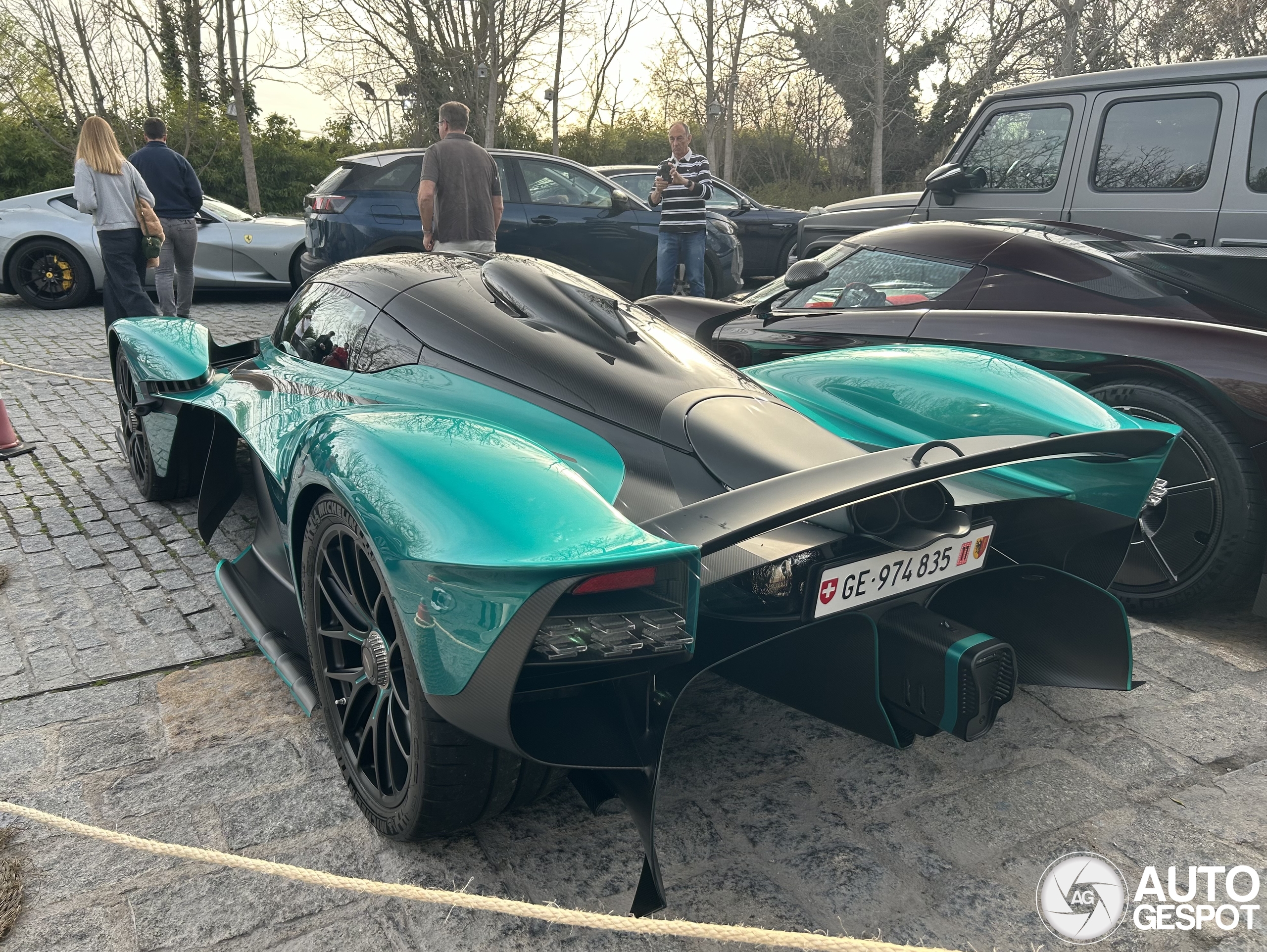 Click on the photo for more photo's of this spot!
Click on the photo for more photo's of this spot!
Originally, the Valkyrie’s design included no windshield wiper, as its aerodynamics and windshield angle caused rain to run off at high speeds. However, for situations where the car needs to stop, like at traffic lights, a special wiper had to be created. The solution came from a NASA supplier, resulting in a single, sculpted blade that maintains contact with the windshield at speeds exceeding 200 km/h, even in extreme conditions.
The Valkyrie’s performance capabilities are akin to those of a fighter jet. It has tolerances of 3.5g and speeds exceeding 300 km/h, with downforce levels similar to a jet’s lift. The rumors about Apache gunship hydraulics being used in the Valkyrie are true. No existing automotive system had the hydraulic power to handle such demands, so the Valkyrie employs an Active Control Unit to manage its active aero system, which recalibrates suspension, damping, and body form thousands of times per second to maintain optimal performance.
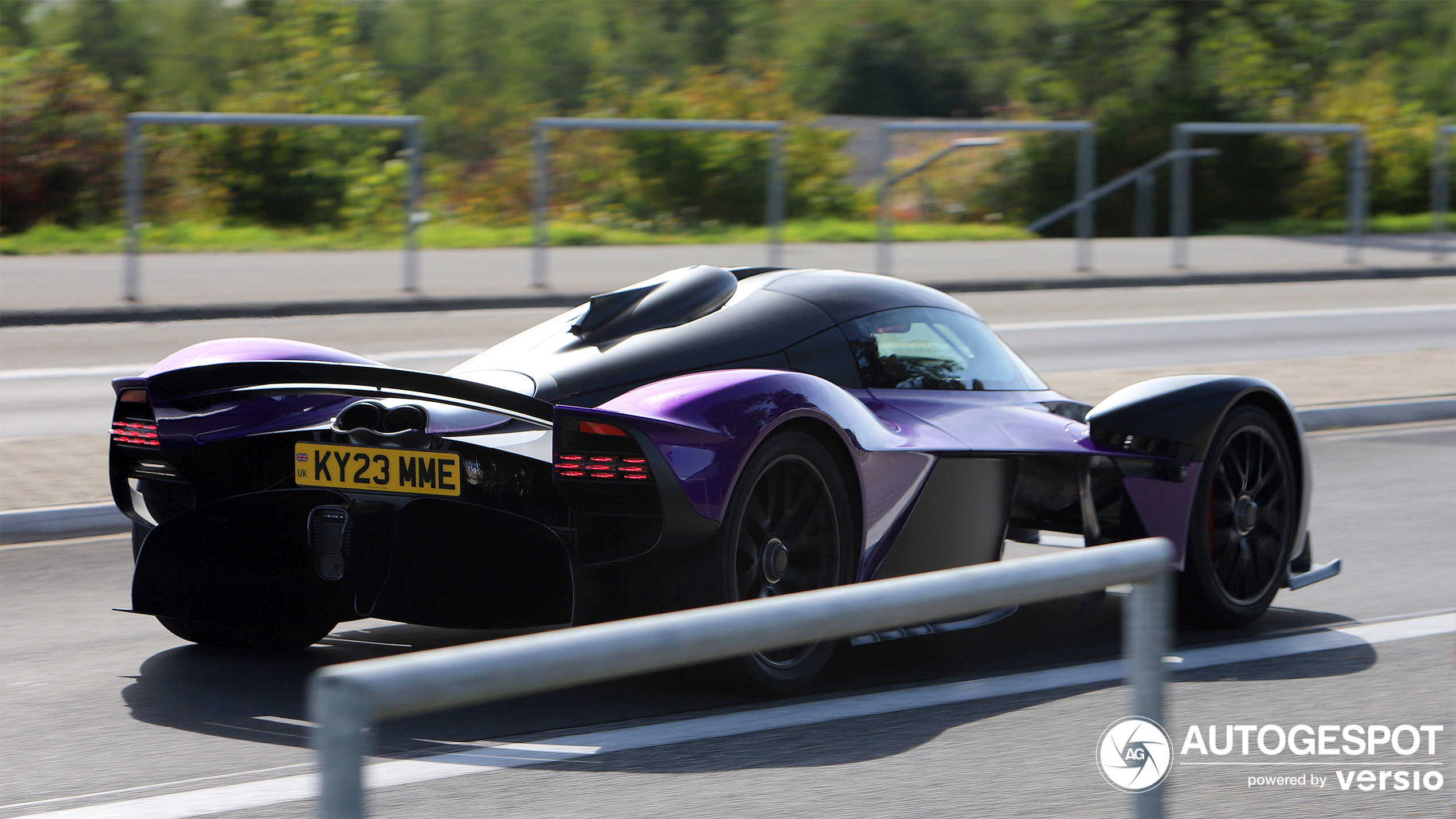 Click on the photo for more photo's of this spot!
Click on the photo for more photo's of this spot!
Designed to stick to the road, the Valkyrie is capable of cornering at over 3.3g, with a braking force of 1.9g. For context, most road cars generate between 0.6 and 0.7g, while top sports cars max out around 1.1g. The Valkyrie’s lateral g-force is more than three times that, requiring a 6-point harness to keep the driver securely in place during these intense forces.
Under the hood, the Valkyrie houses the highest-revving, most powerful naturally aspirated engine ever put in a road car. The 6.5-liter V12 revs up to an astonishing 11,100 rpm, producing 154 bhp per liter for a total output of 1,130 bhp with KERS assistance, all while weighing just 202 kg. This engine was meticulously developed by starting small; Cosworth built a scaled-down straight-three to refine the combustion system before scaling up to the V12. The result is a spine-tingling experience where the power at 10,000 rpm can literally blur your vision.
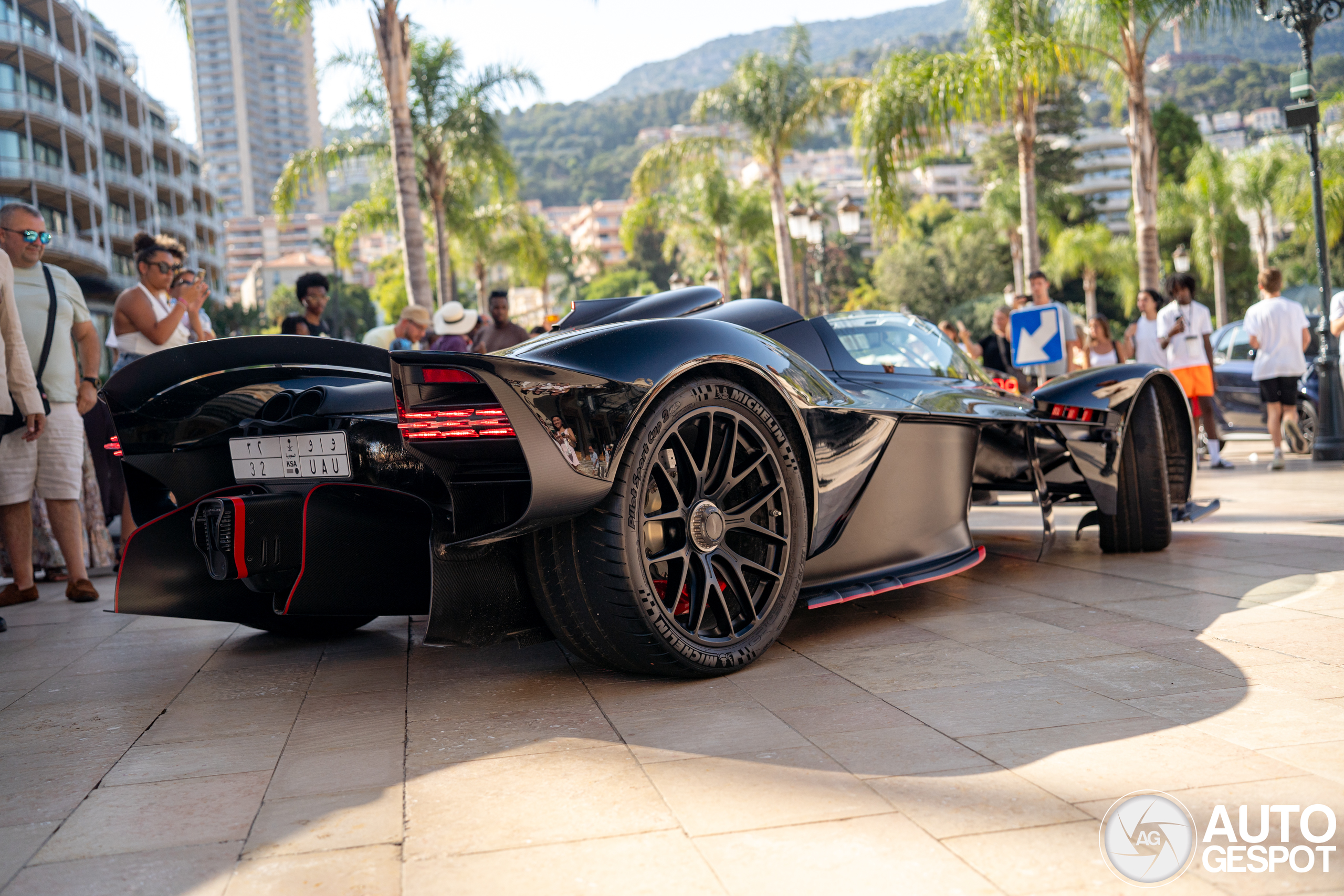 Click on the photo for more photo's of this spot!
Click on the photo for more photo's of this spot!
The Aston Martin Valkyrie is more than just a car - it's a masterpiece of engineering and innovation, taking hypercar performance to levels previously unimaginable.
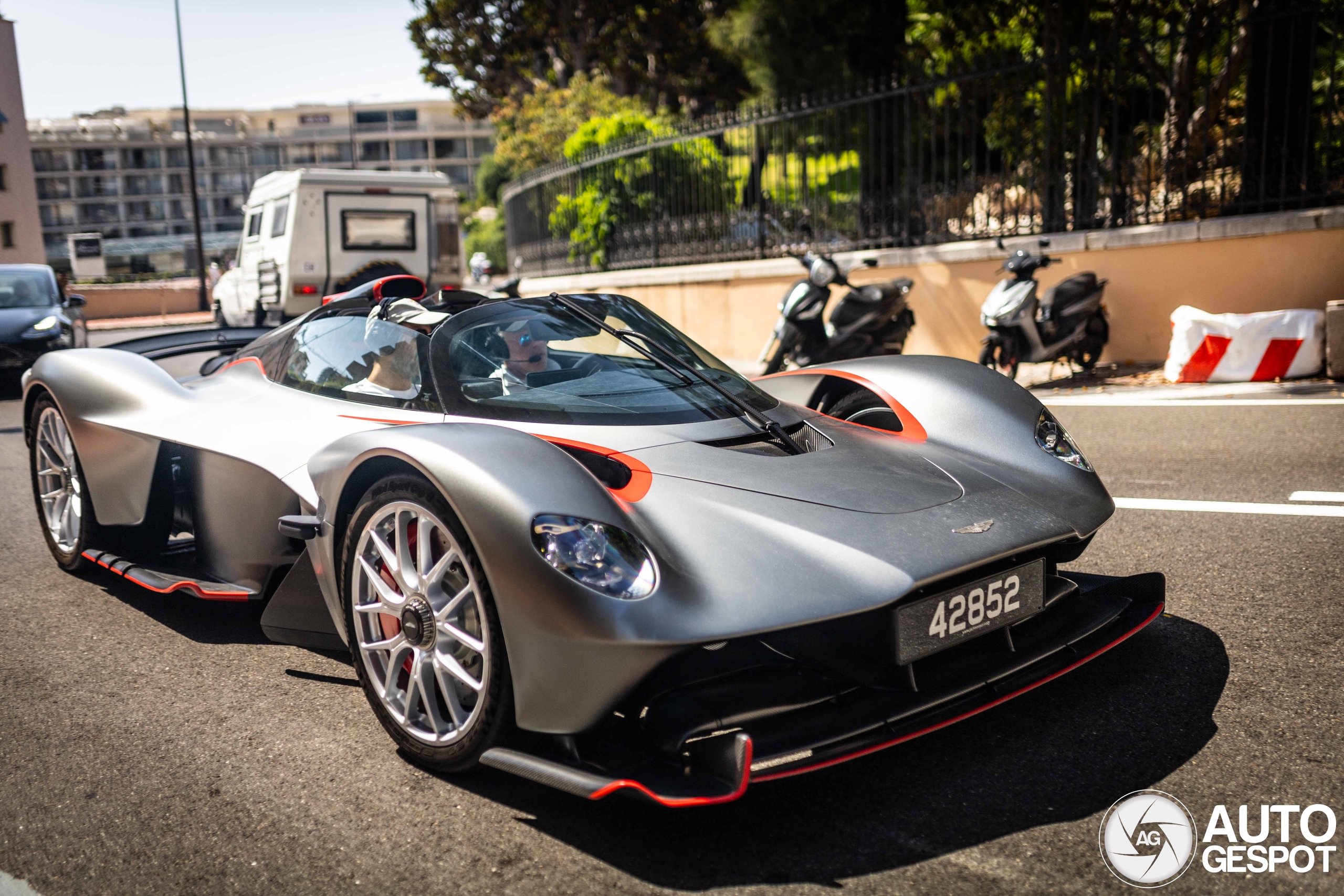 Click on the photo for more photo's of this spot!
Click on the photo for more photo's of this spot!




